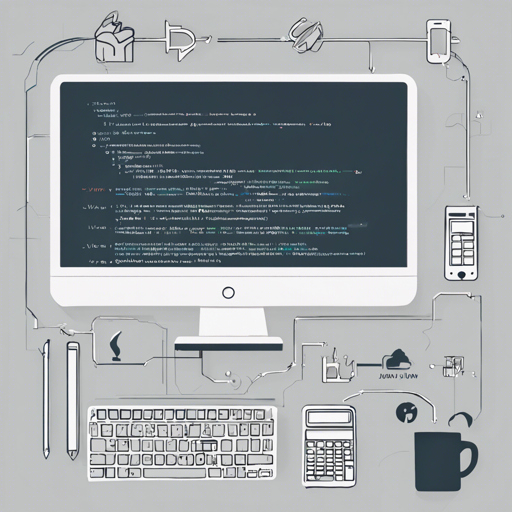Welcome to the world of modern Java build practices! This guide is designed to help you get started with building Java applications using popular tools like Gradle and Maven. If you’re looking to improve your project’s build process and maintain a consistent environment for development and production, you’re in the right place!
Getting Started with Build Frameworks
Building an application can often feel like preparing a feast—everyone needs the right ingredients, and they need to be prepped and cooked correctly. In this analogy, the project requirements are your ingredients, and the build tools (like Gradle and Maven) are the pots and pans that help you create a delicious dish, or, in this case, a successful application.
Quick Setup Instructions
- Clone or fork the repository from GitHub: modern-java-practices.
- Navigate to the project directory.
- Choose your build tool:
- For Gradle: Run
./gradlew build - For Maven: Run
./mvnw verify
- For Gradle: Run
Try running the above command to see how smoothly your project builds, just like following a recipe!
Building with Confidence
It’s crucial to treat your build and pipeline as first-class citizens alongside your source code. If your build process doesn’t mirror your production environment, you may encounter issues that are hard to debug later. The recommendations here aim to ensure that your local environment and production setup are in solid sync.
Troubleshooting Tips
Even with the best practices in place, issues may arise. Here are some common troubleshooting ideas:
- Build Failures: Always check the terminal output closely. You may be missing a plugin or library needed for your dependencies. Review your build.gradle or pom.xml file.
- Connection Issues: If you’re experiencing connection failures when fetching CVEs, the OWASP NVD may be overloaded. Try again after some time, or confirm your NVD API key if you’re fetching CVE data.
- Performance Problems: If the first build is taking longer than expected, don’t worry! Gradle or Maven may be downloading necessary dependencies. Subsequent builds should be quicker.
- For more insights, updates, or to collaborate on AI development projects, stay connected with fxis.ai.
Recent Changes to Keep in Mind
As with any living document, changes are ongoing. You’ll benefit from the most recent updates by following the project’s repo. Highlights include:
- Updated to Gradle 8.9 and JDK 21.
- Migration of essential documentation to the project wiki.
- Removal of outdated tooling like Batect, with a recommendation to utilize Earthly for local containerized builds.
Contributing and Resources
You’re encouraged to contribute to the project or report any issues. Collaborating is key to improvement. Check out the wiki for more resources.
At fxis.ai, we believe that such advancements are crucial for the future of AI, as they enable more comprehensive and effective solutions. Our team is continually exploring new methodologies to push the envelope in artificial intelligence, ensuring that our clients benefit from the latest technological innovations.
Final Thoughts
Building software should be as delightful as cooking a gourmet meal. By focusing on best practices and maintaining a well-structured build process, you’ll find that your development process becomes much smoother and more efficient. Happy coding!

